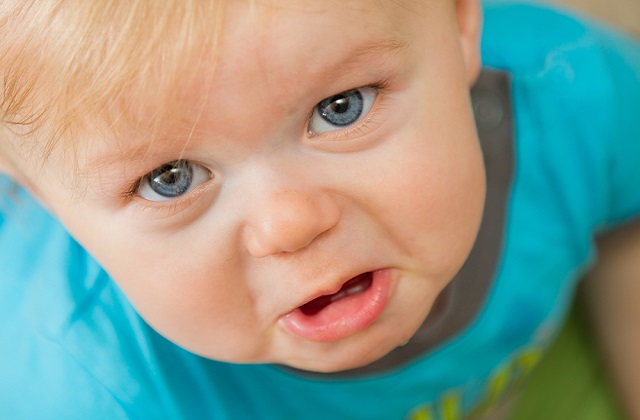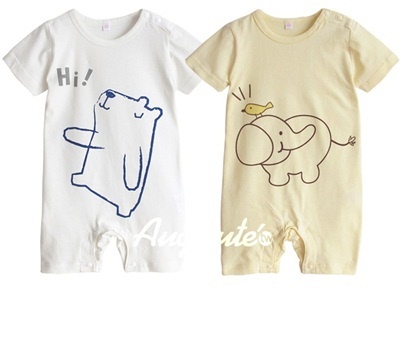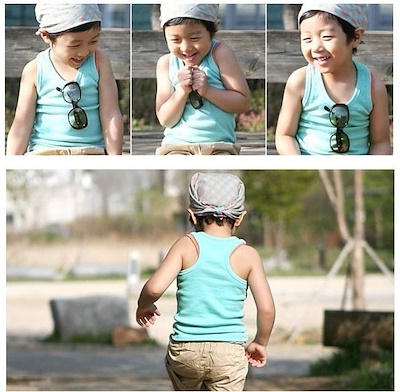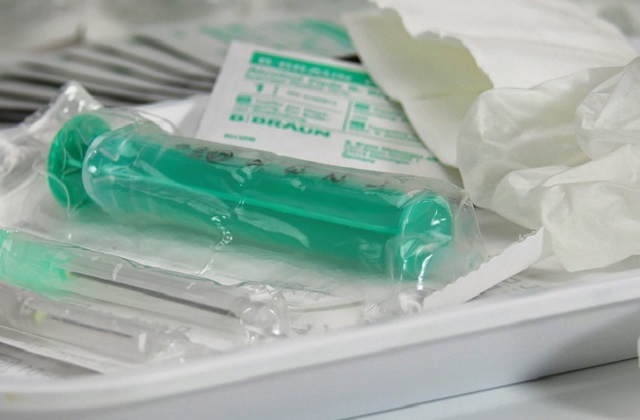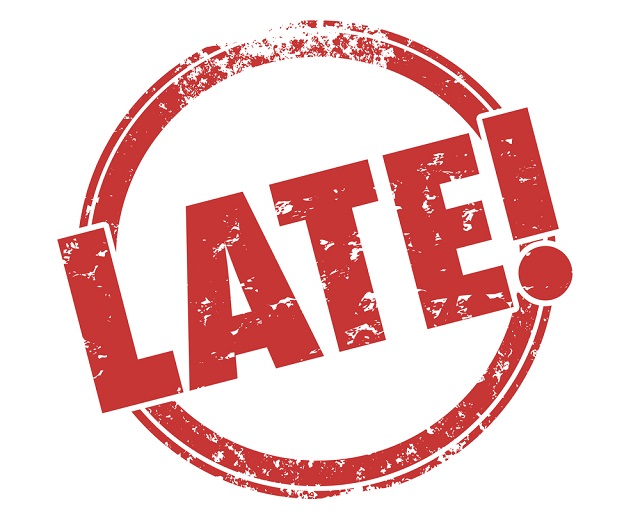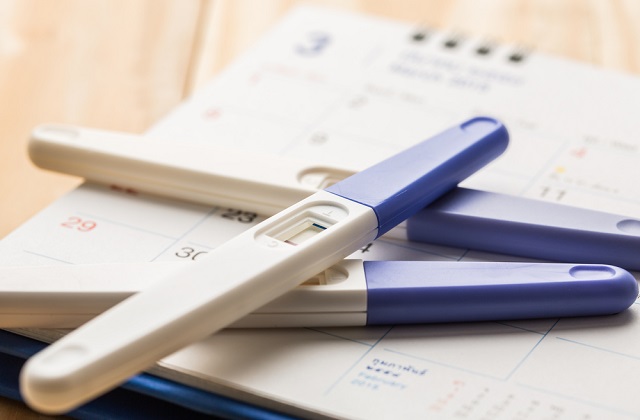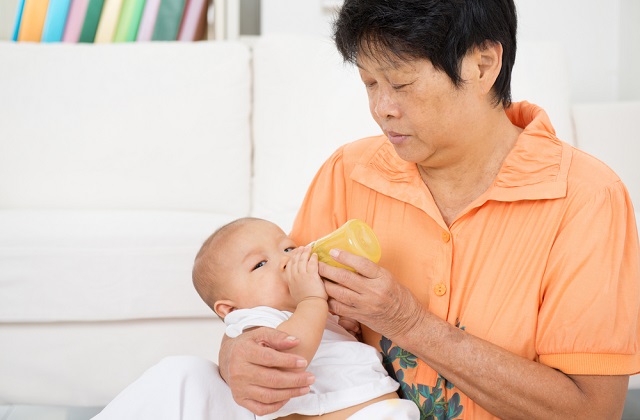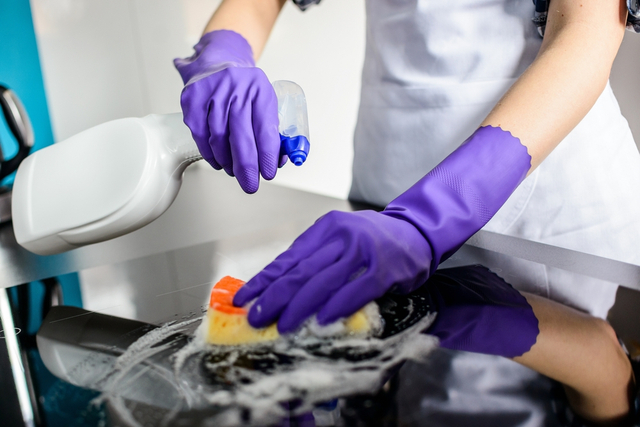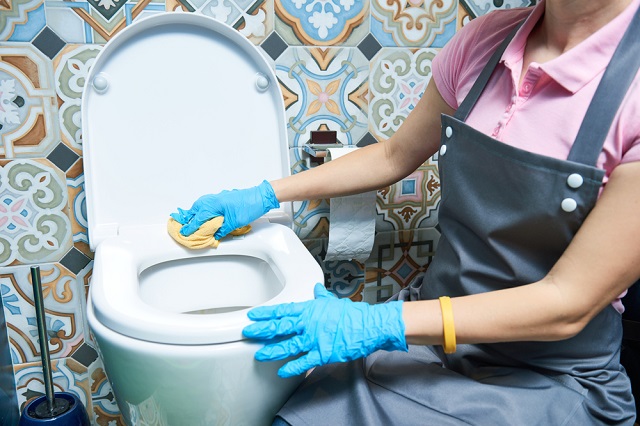Head Injury in Babies: Bumps and Concussions
When your child starts to learn to walk, "goose egg" on head may then become common. A bump on the head can look very scary, especially to the adult who was looking after the baby while injury occurred. Luckily, thanks to the structure of our human brain, most of these falls will only cause minor injury to the scalp in the form of a bump and will not affect the brain of the children; eventually, the bump will also disappear after some time.
Why does head injury occur more often in young children than adults?
1. Young children can't control the movement of their heads as well as adults. This is because their heads are larger in relation to their bodies. Their neck muscles are also not as well developed.
2. Young children's legs are somewhat shorter in proportion to the rest of their bodies. This makes a child's center of gravity closer to the head than an adult's center of gravity.
3. Young children are more likely to have an accident or fall as they learn new skills such as walking, running, and jumping.
Types of head injury:
External injury
The scalp and face have many blood vessels close to the skin surface, so even a minor cut there can bleed a lot. Sometimes the scalp’s veins leak fluid or blood into and under the scalp. This appears as a "goose egg" or swelling on the head. It may take days or even a week to disappear. The bleeding may be alarming but often, the injury is not severe and you can stop the bleeding with home treatment. If the bleeding still does not stop, visit a doctor as a young child can lose a large amount of blood from a deep cut.
Internal injury: Concussions
A concussion is the temporary loss of normal brain function due to an injury — are a type of internal head injury. Repeated concussions can permanently damage the brain.
In many cases, a concussion is mild and won't cause long-term damage. Kids who get a concussion usually recover within a week or two without lasting health problems by following certain precautions and taking a break from sports and other activities that make symptoms worse.
Internal injury: Shaken Baby Syndrome
The most common serious injuries in young children are caused by falls and abuse, such as the shaken baby syndrome. The shaken baby syndrome is more common in children under age 2, but it can affect children up to age 5. Most cases of shaken baby syndrome occur among infants that are 6 to 8 weeks old, which is when babies tend to cry the most.
The shaken baby syndrome occurs when someone violently shakes an infant or toddler. People may shake an infant out of frustration or anger, often because the child will not stop crying.
Babies have weak neck muscles and often have difficulty supporting their heads. When an infant is forcefully shaken, their head moves uncontrollably. The violent movement repeatedly throws the baby’s brain against the inside of the skull, causing bruising, swelling, and bleeding.
Internal injury: High-energy injury
The more force that is involved in a head injury, the more likely it is a serious injury to the head. When that happens, it is even more important to assess your child for signs of a serious head injury.
A high-energy injury to the head occurs when the head hits against another object with great force or pressure. This type of injury puts your child at increased risk for a brain injury, even when there is no visible external bleeding or other obvious sign of injury.
A high-energy injury can occur in ways such as:
Falls in which the head strikes an object with significant force. A fall from a height of 1.2 m may be enough to cause an injury.
Motor vehicle accidents in which the child's head hits and breaks the windshield or dents the inside of the vehicle.
Sports injuries, such as striking the head after falling from a fast-moving bicycle.
Direct blows to the head with a hard object, such as a fist or a baseball bat swung with significant force.
Head Injury - When you should call the doctor immediately
In the following situations, parents or caretakers are advised to seek doctor's help right away:
Loss of consciousness. If your child becomes unconscious after a fall, this means damage to the head is very serious and you should call an ambulance or doctor immediately and ask the doctor for immediate instruction while you are waiting for the ambulance to arrive. Usually, you may need to apply CPR (cardiopulmonary resuscitation) until help arrives.
A severe headache. If your child complains about a severe headache after a fall, then you should take him or her to see the doctor immediately.
Persistent Vomiting. This is a sign of a concussion. One or two times of vomiting may not indicate a serious injury, but if the child vomits three times or more than that, you should call the doctor immediately.
Unusual eye movement or change in pupil size. This is a sign of possible brain injury.
Loss of balance while walking. Dizziness after a fall is expected, but if the affected child repeatedly loses balance while walking or runs into things while walking, then you should take him or her to see the doctor for further examination.
Prolonged crying. This may indicate internal injury such as bleeding.
Bleeding that cannot be stopped with pressure.
What you should do if you suspect your child has shaken baby syndrome:
Some babies will stop breathing after being shaken. If this occurs, CPR can keep your baby breathing while you wait for the medical personnel to arrive.
1. Carefully put the baby on their back. If you suspect a spinal injury, it’s best if two people gently move the baby so the head and neck don’t twist.
2. Set up your position. If your infant is under age 1, put two fingers on the middle of the breastbone. If your child is over age 1, place one hand on the middle of the breastbone. Put your other hand on the baby’s forehead to keep the head tilted back. For a suspected spinal injury, pull the jaw forward instead of tilting the head, and don’t let the mouth close.
3. Perform chest compressions. Press down on the breastbone and push about halfway into the chest. Give 30 firm and fast chest compressions without pausing while counting out loud.
4. Give rescue breaths. Check for breathing after the compressions. If there’s no sign of breathing, tightly cover the baby’s mouth and nose with your mouth. Make sure the airway is open and give two breaths. Each breath should last about one second to make the chest rise.
5. Continue CPR. Continue the cycle of 30 compressions and two rescue breaths until help arrives.
Head Injury - What should you do immediately?
If the above situations do not apply, then you should remain relaxed and do the following:
Apply the ice. If your child allows, gently hold an ice pack to the bump on your child's head. This can help to decrease the size of the bump.
Stop the bleeding. Apply gentle pressure to stop the bleeding using a cloth.
Monitor the child in the next 12 hours for the following:
Most of the child will retreat into sleep after a fall. You should do a partial arousal at an interval of one hour while your baby is sleeping. If your baby fusses or thrashes around to resettle, or wakes up, then it means that he or she is fine and you should just let your baby continue to sleep. Otherwise, you should seek doctor's help as soon as possible.
Monitor the change in color of affected area or face. If the face change color to pale, or even blue, medical attention should be needed immediately.
Head Injury - How can you prevent a fall or head injury?
1. Cushion sharp corners. There are inexpensive accessories that can help to cushion sharp corner on your coffee table, TV console, or dining table and they can be easily bought from any kid's stores.
2. Lower your child's mattress as soon as he starts standing up in his crib or bed. Most of the baby beds should allow you to lower down the position of the mattress. All you need to do is to lower down the position of some screws. Do contact the bed's manufacturer if you are not sure what to do.
3. Do not leave your child alone on or in the furniture.
4. When your floor is wet, do not allow your child to move around. If he is running or walking on the wet floor, it is very likely he or she may slip and hit his or her head.
5. While at playground, monitor your child closely, especially if there are older children who are running around. They may bump into your child at any time. Also, ensure that they do not climb onto unstable and high structures.
6. After a head injury, especially if it is a concussion, ensure that your child does not go back to rough play or sports until the doctor says it is fine. If your child reinjures the brain while it's still healing, it will take even longer to completely heal.
7. Always use a seatbelt or a child safety seat for your child. In Singapore, car seats are mandatory for all children under the age of 8.
8. Do not shake your baby or toddler violently even when you may feel frustrated or angry. A severe and fatal internal head bleeding may result from that. If the baby is put in the hands of a helper or babysitter, ensure that the caregiver of your child is informed of the dangers of doing so.
9. When your child perform activities such as cycling, skating, rollerblading or using a scooter, be sure that he or she is wearing a properly fitted protective helmet.
10. Teach your child sports and recreational safety rules.
It takes a village to raise a child !
Join our WhatsApp Groups or Facebook Group to interact with parents about infant care/child care in Singapore..

